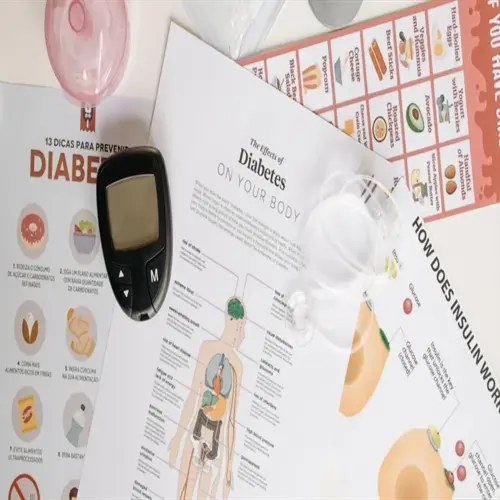Can body composition analysis detect health risks early?

Written by
Robert Kelly
Reviewed by
Prof. Benjamin Murphy, Ph.D.Body composition analysis reveals health hazards long before symptoms can appear, regardless of their severity, by exposing hidden physiological imbalances. Because body composition analysis reveals subclinical abnormalities, such as metabolic dysfunction, muscle wasting, and dehydration, rather than merely uncovering existing conditions like yearly checkups, it can identify the inaccuracies of other tests, namely the debilitating errors in fat distribution, muscle mass, and water loss.
Metabolic Syndrome Indicators
- Visceral fat >9: Triggers insulin resistance
- Waist-to-hip ratio >0.85/0.9: Signals abdominal obesity
- Liver fat >5%: Precedes NAFLD diagnosis
Musculoskeletal Decline Markers
- Skeletal muscle <28% (w)/38% (m): Sarcopenia onset
- Bone density T-score <-1.0: Osteopenia threshold
- Phase angle <4.5°: Cellular dysfunction marker
Detection of visceral fat serves as an early warning sign of metabolic dysfunction. At values above 9, this deep abdominal fat releases cytokines that cause damage to organs years before blood sugar rises. My clients reverse this by increasing their fiber intake, combined with HIIT-type training, thus preventing progression to full-blown diabetes.
Sarcopenia thresholds predict functional decline. Readings below 28% (females) or about 38% (males) indicate sarcopenia is about to occur in 2-4 years before strength losses become noticeable. Resistance exercise at that point preserves walking better than waiting for easily observed symptoms. Declines that occur quarterly are reversible.
The early warning system includes hydration and bone metrics. A total body water level below 45% indicates chronic dehydration, which puts pressure on the kidneys. A T-score of bone mineral density below -1.0 indicates osteopenia before fracture. Both require simple interventions if detected early during routine body composition analysis.
Read the full article: Understanding Body Composition Analysis: A Full Guide

